Introduction
In an era where efficiency and adaptability are paramount, the role of rolling casters in revolutionizing workspaces cannot be overstated. These versatile tools, often overlooked, have the power to transform the dynamics of any workspace, making it more flexible and productive. This article delves into the world of rolling casters, exploring their types, applications, and the profound impact they have on workspace efficiency. We will also share successful case studies, guide you on choosing the right casters for your workspace, and provide tips on their installation and maintenance. Finally, we will look into the promising future of workspaces with rolling casters.
Understanding the Basics of Rolling Casters
Rolling casters, also known as rigs, are a crucial component of a caster. They hold the wheel in place and come in two forms: rigid and swivel. Rigid rigs limit movement to a straight line, while swivel rigs allow the wheel to rotate 360 degrees. Rigs are typically made of steel, but stainless steel versions are available for environments exposed to corrosives. The choice between a rigid or swivel rig, and the material it's made from, depends on the specific application and conditions the caster will be exposed to.
Types of Rolling Casters and Their Applications
Rolling casters come in various types, each with unique applications. Fiberglass wheels are ideal for heavy-duty, high-temperature environments. Neoprene rubber wheels resist grease, fats, and oils, perfect for softer floors. Nylon wheels are durable and impact-resistant, suitable for both hard and soft surfaces. Phenolic resin wheels resist oil, grease, and mild acids, ideal for smooth concrete floors. Polyolefin wheels resist hard impacts and are non-marking, suitable for wet and corrosive applications. Polypropylene wheels provide easy rolling and chemical resistance, perfect for wet and oily environments. Polyurethane wheels handle greater load capacity and are abrasion-resistant. Solid rubber wheels are long-lasting, providing good floor protection and quiet operation. Lastly, stainless steel wheels are rust- and corrosion-resistant, a sanitary option for wet environments.
The Impact of Rolling Casters on Workspace Efficiency
Rolling casters can significantly enhance workspace efficiency. Their ability to enable easy and creative rearrangements of the workspace maximizes team collaboration and productivity. Moreover, their omni-directional movement capability makes heavy objects easier to move, improving access to hard-to-reach areas. The resilience of these casters supports heavy loads, making them ideal for maneuvering heavy office equipment. Additionally, their adjustable height and manual leveling features allow for a comfortable and versatile workspace.
Case Studies: Successful Implementations of Rolling Casters
Our flagship line of casters and wheels, developed in the mid-2000s, are now one of the most admired products in the industry. They've been used in diverse settings, from outer space to coffee tables. We've assisted automotive manufacturers, retail store professionals, DIY'ers, interior designers, and architects in solving their pressing caster challenges. Our Caster Specialists consult onsite to provide customized caster solutions via our unique process.
Choosing the Right Rolling Casters for Your Workspace
Choosing the right rolling casters for your workspace involves several steps. First, determine your product and mounting type. Next, calculate your load capacity, considering factors like safety and unevenness. Select your tread material, which influences operational comfort and performance. Consider maneuverability, including starting, rolling, and swivel resistance. Choose the bearing type that suits your needs, such as plain bore, roller, or central ball bearing. Take into account your application's environmental influence, especially if the casters will be in contact with aggressive substances. Lastly, consider additional options like locking systems or brake systems.
How to Install and Maintain Rolling Casters
Maintaining rolling casters is crucial for their longevity and performance. Regularly clean the floor to reduce debris that casters pick up. Ensure the fasteners are tight to prevent wobbling. Dislodge any debris stuck in the casters using canned air. Lubricate the casters periodically as the initial lubrication doesn't last forever. If you have swivel casters, inspect the swivel joint for any signs of wear and tear.
The Future of Workspaces with Rolling Casters
The future of workspaces with rolling casters is promising, with the global caster wheels market expected to grow significantly. The market size is projected to increase from $8.22 billion in 2022 to $10.77 billion in 2027, at a compound annual growth rate of 5.5%. This growth is driven by factors such as the expansion of hospitals and the development of new materials and formulations for caster wheels. For instance, antimicrobial wheels for high-temp steam sterilization and wash-down applications have been introduced, enhancing the functionality and safety of rolling casters in various workspaces.
Conclusion
Rolling casters have proven to be more than just wheels; they are game-changers in workspace efficiency and adaptability. Their diverse types cater to various applications, from heavy-duty environments to softer floors. They not only facilitate easy movement of heavy objects but also foster creativity and collaboration in workspace arrangements. Choosing the right casters involves careful consideration of factors like load capacity, tread material, and environmental influence. Regular maintenance ensures their longevity and optimal performance. With the global caster wheels market projected to grow significantly, the future of workspaces with rolling casters is indeed promising. As we continue to innovate and develop new materials and formulations, the potential of rolling casters in transforming workspaces is limitless.
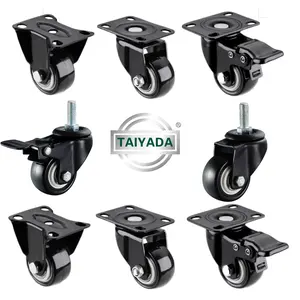








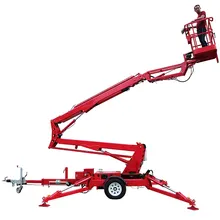


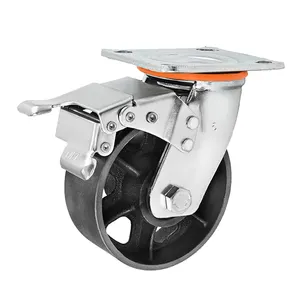


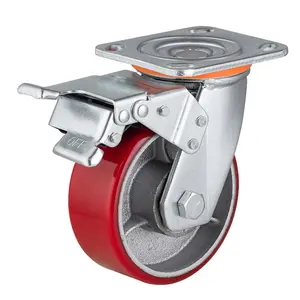
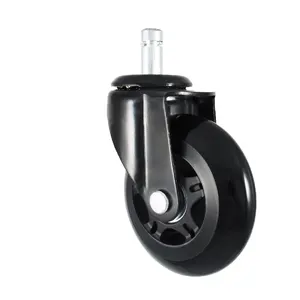

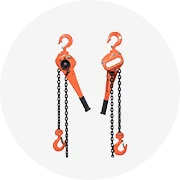
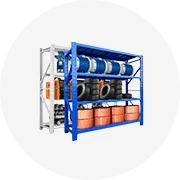
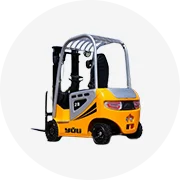








 浙公网安备 33010002000092号
浙公网安备 33010002000092号 浙B2-20120091-4
浙B2-20120091-4